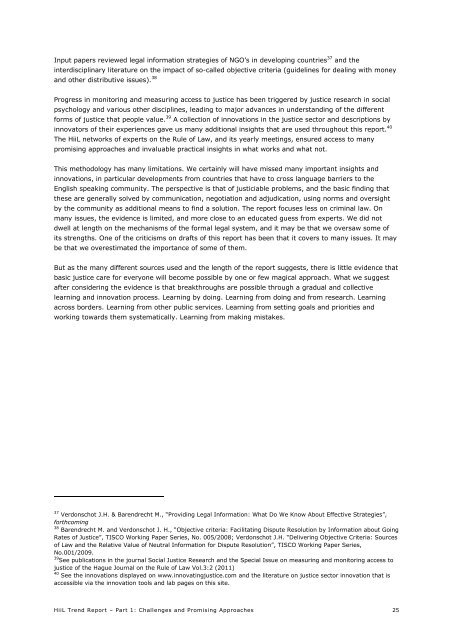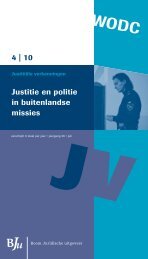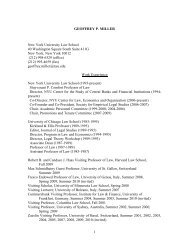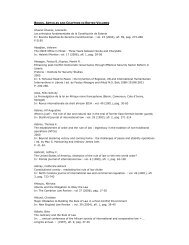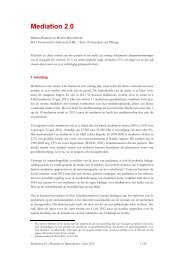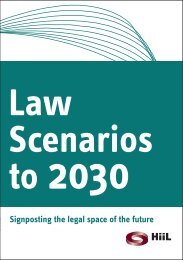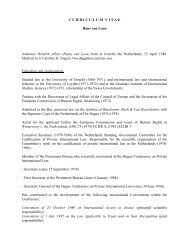Trend Report | Part 1 - HiiL
Trend Report | Part 1 - HiiL
Trend Report | Part 1 - HiiL
Create successful ePaper yourself
Turn your PDF publications into a flip-book with our unique Google optimized e-Paper software.
Input papers reviewed legal information strategies of NGO’s in developing countries 37 and the<br />
interdisciplinary literature on the impact of so-called objective criteria (guidelines for dealing with money<br />
and other distributive issues). 38<br />
Progress in monitoring and measuring access to justice has been triggered by justice research in social<br />
psychology and various other disciplines, leading to major advances in understanding of the different<br />
forms of justice that people value. 39 A collection of innovations in the justice sector and descriptions by<br />
innovators of their experiences gave us many additional insights that are used throughout this report. 40<br />
The <strong>HiiL</strong> networks of experts on the Rule of Law, and its yearly meetings, ensured access to many<br />
promising approaches and invaluable practical insights in what works and what not.<br />
This methodology has many limitations. We certainly will have missed many important insights and<br />
innovations, in particular developments from countries that have to cross language barriers to the<br />
English speaking community. The perspective is that of justiciable problems, and the basic finding that<br />
these are generally solved by communication, negotiation and adjudication, using norms and oversight<br />
by the community as additional means to find a solution. The report focuses less on criminal law. On<br />
many issues, the evidence is limited, and more close to an educated guess from experts. We did not<br />
dwell at length on the mechanisms of the formal legal system, and it may be that we oversaw some of<br />
its strengths. One of the criticisms on drafts of this report has been that it covers to many issues. It may<br />
be that we overestimated the importance of some of them.<br />
But as the many different sources used and the length of the report suggests, there is little evidence that<br />
basic justice care for everyone will become possible by one or few magical approach. What we suggest<br />
after considering the evidence is that breakthroughs are possible through a gradual and collective<br />
learning and innovation process. Learning by doing. Learning from doing and from research. Learning<br />
across borders. Learning from other public services. Learning from setting goals and priorities and<br />
working towards them systematically. Learning from making mistakes.<br />
37 Verdonschot J.H. & Barendrecht M., “Providing Legal Information: What Do We Know About Effective Strategies”,<br />
forthcoming<br />
38 Barendrecht M. and Verdonschot J. H., “Objective criteria: Facilitating Dispute Resolution by Information about Going<br />
Rates of Justice”, TISCO Working Paper Series, No. 005/2008; Verdonschot J.H. “Delivering Objective Criteria: Sources<br />
of Law and the Relative Value of Neutral Information for Dispute Resolution”, TISCO Working Paper Series,<br />
No.001/2009.<br />
39 See publications in the journal Social Justice Research and the Special Issue on measuring and monitoring access to<br />
justice of the Hague Journal on the Rule of Law Vol.3:2 (2011)<br />
40 See the innovations displayed on www.innovatingjustice.com and the literature on justice sector innovation that is<br />
accessible via the innovation tools and lab pages on this site.<br />
<strong>HiiL</strong> <strong>Trend</strong> <strong>Report</strong> – <strong>Part</strong> 1: Challenges and Promising Approaches 25


